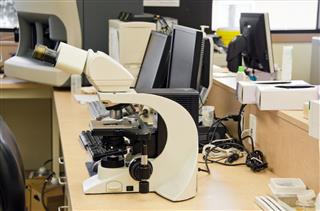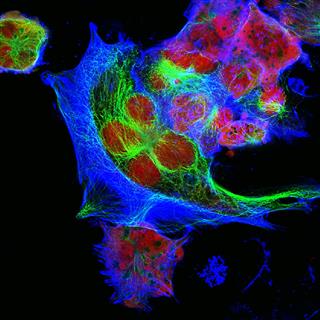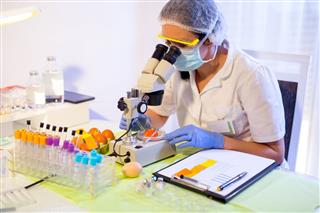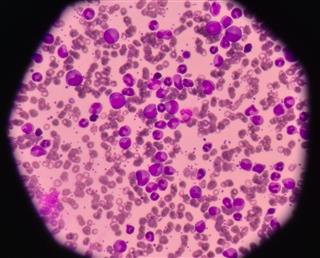
Some examples of bacteria are Lactobacillus, nitrogen-fixing bacteria, Bifidobacterium, Helicobacter pylori, Staphylococcus, and Streptococcus. Read on, to know more about common bacteria and some bacterial strains that are pathogenic to humans.
Bacteria, singular bacterium, are minute microbes that play a crucial role in the recycling of nutrients. They are simple, unicellular prokaryotes, which vary in shape, size, mode of obtaining nutrition, and other survival requirements. There is virtually no habitat on earth, where bacteria are not present. Some gram-positive and gram-negative bacteria have the adaptability to survive in the least hospitable places, like hot springs and radioactive wastes. Here, we shall take a look at some examples of bacteria.
Examples of Bacteria
Considering the fact there are five nonillion bacteria on the planet, it is quite difficult to study all of them. Different types of bacteria are classified based on their characteristic features.
Here, I am citing a few bacteria examples, which are commonly present in and around our environment.
- Lactobacillus acidophilus – Found in dairy products, it is an anaerobic bacteria that converts sugars and lactose into lactic acid. This beneficial bacterium is added in food supplements for use in therapeutic intervention.
- Nitrogen-Fixing Bacteria – Another group of useful bacteria is the nitrogen-fixing bacteria, which are crucial for plant growth. They help in assimilation of nitrogen from the atmosphere and soil, and covert it into usable compounds for plants.
- Helicobacter pylori – It is a type of bacteria that affects the digestive tract and causes medical symptoms. This helix-shaped bacterial strain may cause inflammation of stomach lining (stomach ulcer) and other digestive problems.
- Stomach Bacteria – Can you believe that the total number of body cells is lesser than that of bacteria that inhabit the human body? Yes, it is true and they are found in the skin, stomach, and other internal organs. Most of the stomach bacteria are harmless.
- Bifidobacterium – This gram-positive, anaerobic bacterium makes up most of the gut flora. In most cases, they are harmless and live in harmonious relationship with other probiotic organisms. A few of them may cause allergic conditions.
Examples of Bacteria that Cause Disease
It is hard to believe that the collective mass of tiny bacteria makes up much of the biomass on earth. At the mere mention of bacteria, most people visualize them as pathogens. The fact is that there are both helpful and pathogenic bacteria.
Some examples of bacteria that are capable of causing diseases are listed below.
- Staphylococcus aureus – Classified under Staphylococcus bacteria, it is mostly present in the nose, buttocks, and other skin areas. Excess multiplication of this bacterium causes staph infections in humans.
- Bacillus anthrax: As this bacterial strain survives in presence of oxygen, it is a type of aerobic bacteria. While a few other bacillus species live in the soil without causing diseases, B. anthrax infection in humans leads to anthrax disease.
- Clostridium tetani – Refer to pathogenic bacteria list, and you will come across C. tetani. This spore-forming bacterium is found in the human gut, while spores are isolated from soil. It is the causal agent for tetanus, which results due to infection of wounds and skin injuries.
- Streptococcus pyogenes – Usually found in the skin, increased multiplication of S. pyogenes leads to several diseases. While some of them are mild and treatable (e.g. strep throat), others cause life-threatening medical complications (necrotizing fasciitis).
- Staphylococcus pneumoniae – The disease pneumonia is resulted due to infection by bacteria, virus, and fungi. However, infection by S. pneumoniae is the most common cause. Other strains capable of causing pneumonia are Klebsiella pneumoniae and Escherichia coli.
These were some of the examples of bacteria which are commonly studied in microbiology. Some known bacterial infections are bubonic plague, tetanus, cholera, leprosy, anthrax, and tuberculosis. When a comparison is made between helpful and harmful types of bacteria, types of beneficial bacteria outnumber the pathogenic ones.
















